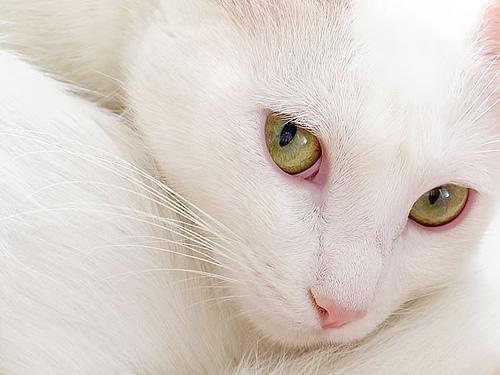Pet Photography Guide
Taking great photographs of your beloved pets isn't as easy as taking snapshots of them as they pass by. Snapshots are great, especially when it’s in the context of your family or the kids. But there’s something about a portrait that can bring out a different, more soulful aspect of your pet.
Taking portraits of your pet can be a bit of a challenge. They don’t know how to pose, and they’re not particularly good at taking directions, either, at least not when it comes to photography. Here are a few tips to help you get mantel-worthy photographs of Fido:
Take your time – Don’t expect your pet to stick to the timeline you created. Make sure you don’t have anything pressing in the next few hours, as your level of stress can rub off on your pet too.
Let them get comfy – If they’re your pets, they’re most probably comfortable with you already. That might not hold true for the camera, though. Let them get used to having the camera in their presence. Let them sniff the camera if they must – you may want to keep the lens cap on for this, however, unless you want to be wiping it off.
Don’t use flash – Using flash can cause red eye in humans, but it can give pets that Halloween laser-light look. Worse still, it could scare your pets, and skittish pets are extremely difficult to photograph – not to mention it’s not a good look for them. Look for some natural light instead. This will prevent the laser-eye problem, as well as bringing out the highlights in their fur.
Get down – Just as people’s portraits are best taken from a close vantage point, pet portraits work the same way. A close-up allows you to see their expressive eyes and expression, and creates a more intimate feel. You might run the risk of getting your camera licked, however. Consider zooming in instead if you want to keep your camera slurp-free.
Have some treats on hand – Don’t be afraid to keep some treats with you for occasions like these. A treat can help reinforce behavior that you want from your pet. Positioning the treat right above the camera can also help make your pet look in that direction, as well as sit still. If you plan to take their portraits regularly, them associating treats with the camera may work well in the long run.
Experiment with angles – You don’t have to take an ID-style photo. Try taking pictures of your pet from various angles – up front, profile, three-fourths. See which one really allows your pet’s character to shine through.
If it isn't working out for the day, try another time – There may be times when your pet isn't in the mood for a portrait session. If he’s being uncooperative, don’t get frustrated. You frustration will lead to your pet sensing it, making you both unhappy. Don’t take it personally , and call it a day.


